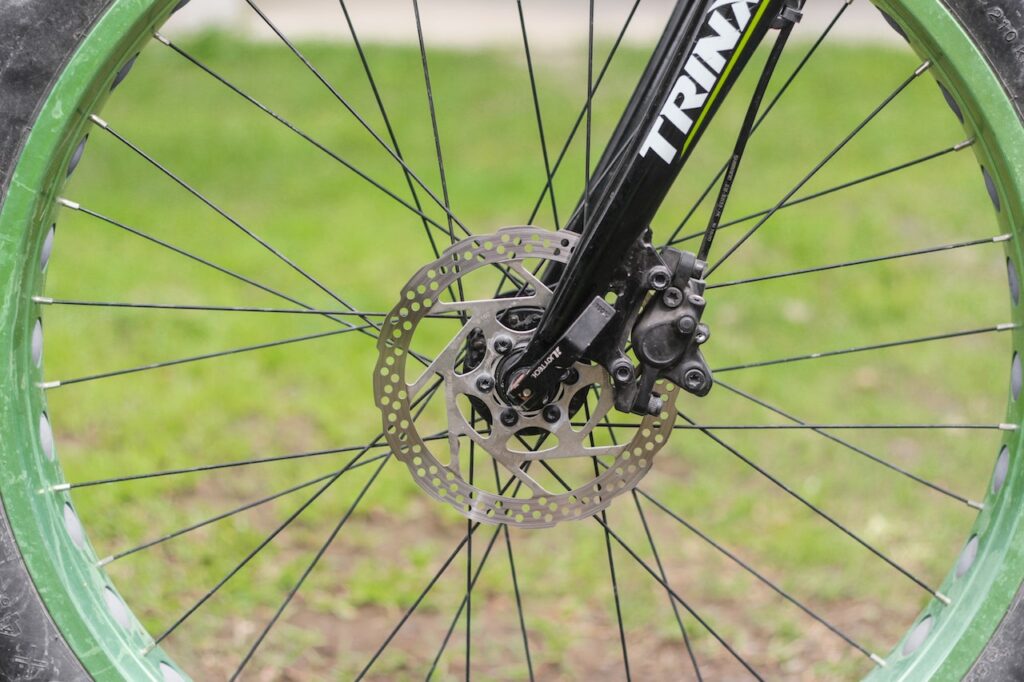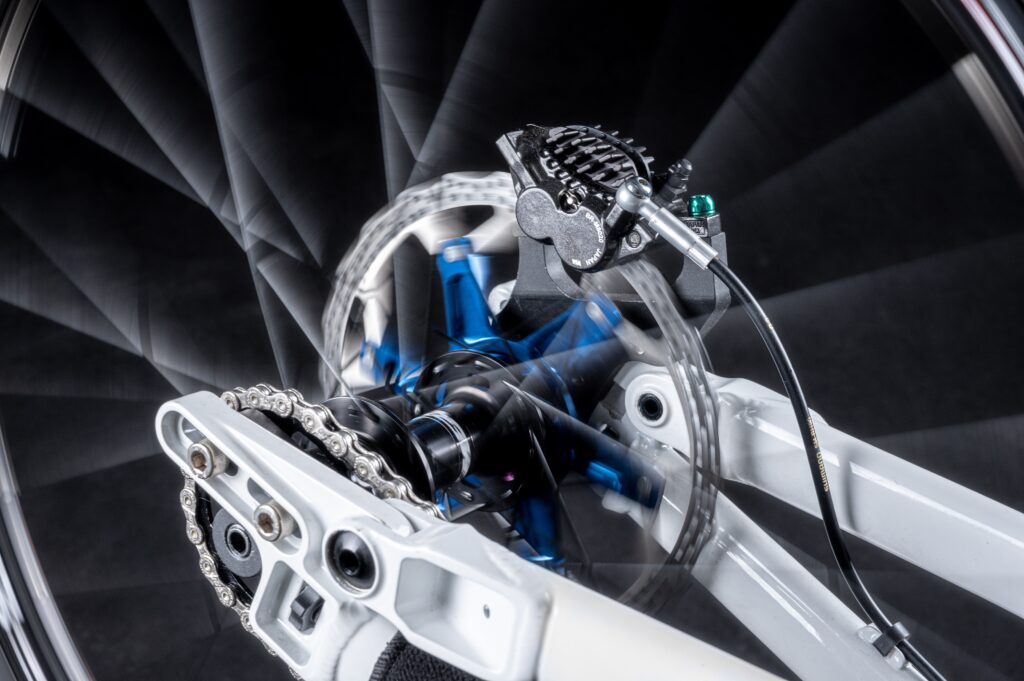People of various ages appreciate cycling as a hobby. You will want to know how to maximize the use of your bicycle whether you are just starting out or have been riding for your entire life. Do you need disc brakes for your bike? is one of the crucial queries you will need to ask yourself when upgrading your bicycle.
Compared to rim brakes, bicycle disc brakes have greater stopping force and are less damaging to your wheels. Additionally, reliable and enables faster rides and laps are disc brakes. However, disc brakes are pricey, dangerous, and make your bicycle heavier.
Your bicycle’s braking requirements are influenced by a number of factors, including personal taste, a description of your bicycle and the kind of cycling you want to do. Disc brakes have a significant impact on your riding, but they can be heavier and occasionally more difficult to maintain. So whether you’re already rocking them or a holdout.

What do bicycle disk brakes accomplish?
With a disc brake, the pads are separated from the rim, allowing wheel designers to focus on creating aerodynamic rims and retaining the tyre firmly. Additionally, with less heat buildup at the rim, there is a reduced risk of tyre or inner tube damage.
Different Disc Brake Styles for Bikes
The two primary forms of disc brakes are mechanical (which uses cables, just like rim brakes), and hydraulic (which uses a hydraulic fluid in a completely sealed system in place of the wires). The fluid is forced into the calliper when you brake, forcing the brake pads against the disc.
Are disc brakes preferable for bicycles?
In practically every category, disc brakes perform better than rim brakes in terms of stopping power. Disc brakes are superior to rim brakes in all driving situations, including erratic weather, steep descents, quick traffic stops, and high-speed competitions.

The weight of disc brakes
A bike with disc brakes generally weighs more than one with rim brakes. More weight is added to an equivalent rim brake system by the levers, brake callipers, hoses, fluid, and rotors. Manufacturers frequently work to minimize the difference but keep in mind that disc brake hubs are also heavier and that disc brake wheels are frequently constructed with more spokes of a wider gauge, despite the fact that disc-specific rims are typically lighter due to the lack of a brake track. Many disc systems have through axles, which are heavier than fast-release skewers.
Disadvantage Of Disc Brake Bicycle
1. Rubbing on the disc brakes can be a problem.

The 74mm post mount standard, which allows the brake calliper to be simply attached directly to the frame or fork and uses adapters to support various rotor diameters, was first adopted by disc-equipped bikes in the early 2000s however the manufacture saw the problem associated with contact when using a disc brake .
Shimano unveiled their flat-mount solution to attempt and enhance the way disc brakes look on road bikes. Other disc brake producers embraced it immediately because it is an open standard. Most modern road bikes with disc brakes have flat mounts. Without a doubt, flat-mount disc callipers are more attractive, compact, and lighter than post-mount callipers.
2. Aerodynamic effects of disc brakes

Disc brakes have an impact on aerodynamics, just like any other exterior component. It’s not as simple as declaring that rim brakes are always more aerodynamic, however, some manufacturers have claimed that a particular bike’s rim brake version is more aerodynamically effective than the disc brake version. Engineers discovered that a disc-brake design can actually outperform rim-brake designs in terms of aerodynamic performance with suitable integration.
3. Picking pads can be a minefield.

All pads are produced by combining a binding agent with a variety of powdered additives, pressing the mixture under intense heat and pressure to form a solid block that adheres to the backing pad. The combination of powders has a huge effect on the pad’s characteristics.
Resin pads are standard equipment on most new bikes. They are created using non-metallic materials like rubber, glass, carbon, and Kevlar to create an all-purpose pad that is functional for the majority of users but isn’t very strong under heavy use.
4. New brakes need to be broken in.

New disc brake pads and rotors must be broken in before they can function to their maximum potential. This procedure maximizes the contact area between the two surfaces while dispersing pad material over the rotor to increase friction. Your brakes’ performance will be greatly enhanced as a result, making them ready for everyday riding but it always on probability.
5. A fresh set of abilities are needed for maintenance.

You probably know how to change the brake pads and adjust the rims, and most likely how to swap out the cables. Perhaps you started doing it when you were a young child. Depending on your previous cycling experience, you might be completely unfamiliar with disc brake maintenance.
conclusion
Over the past several years, disc brakes have grown in significance in the world of road bikes. Despite its many acknowledged advantages, disc brakes are not without difficulties and issues.

